When I first started shooting film back in 2018, I was curious to learn what other film stocks besides the standard stuff from Kodak and Fuji were available out there. So when I first read the story of Film Ferrania, I was fascinated!
You can read the full story here, but to briefly summarise: a group of enthusiasts bought the old Italian film factory building with the equipment that had been used to produce film for motion pictures back in the middle of 20th century with the idea to bring the production back from the dead.
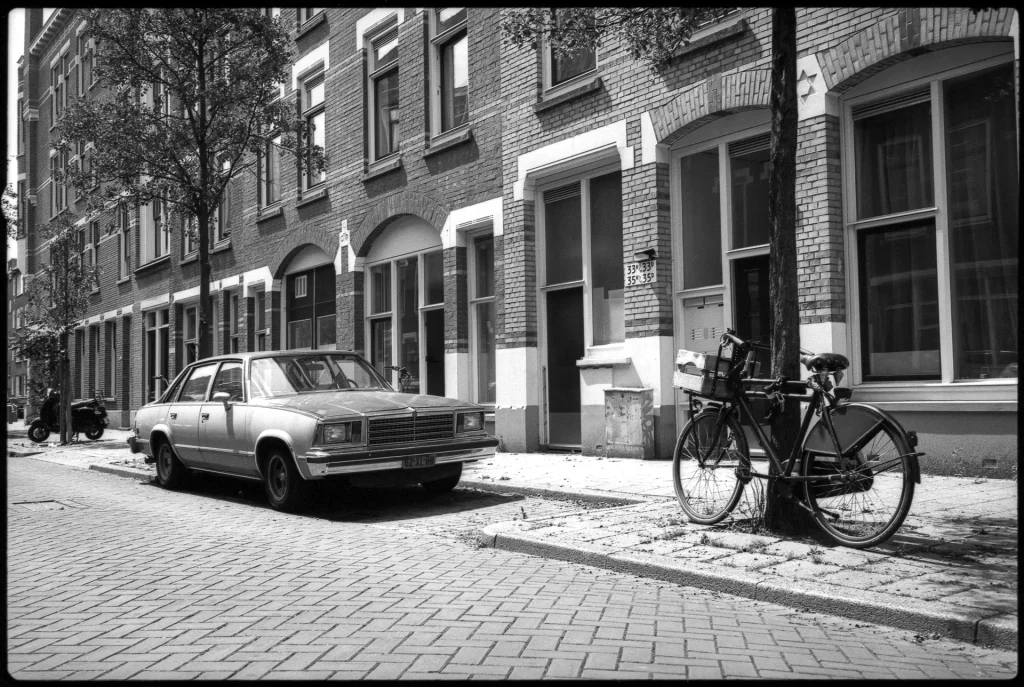
Film Ferrania was used for 2 oscar-winning movies Two Women starring Sophia Lauren and 8-1/2 by Federico Fellini, among other popular movies of the era.
In 2014, a Kickstarter campaign was succesfully launched to produce the first limited batch of Film Ferrania P30 and was sold out very quickly. The actual product was delivered some time in 2017 and then was not available again.
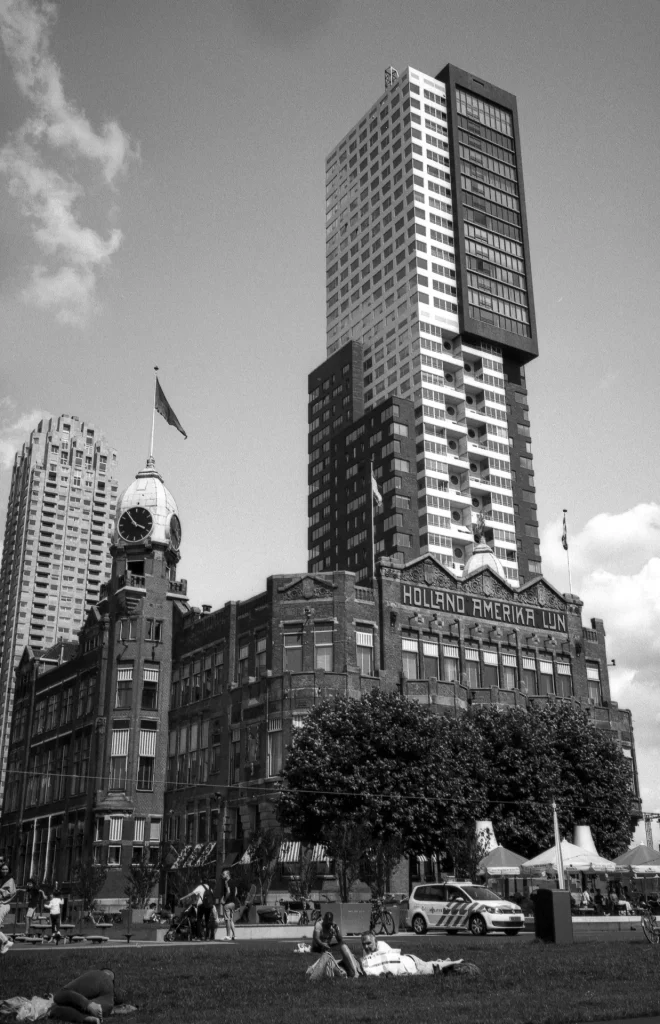
So when I read that a new batch of this film was available for pre-order in 2018, I immediately ordered the maximum 10 rolls allowed for one person.
Once received, I was a bit hesitant to shoot it because of the low 80 ASA rating that would work best for sunny summer days. But when we planned a trip to Rotterdam this year, I finally decided to give it a try, and boy am I happy I’ve finally done this!
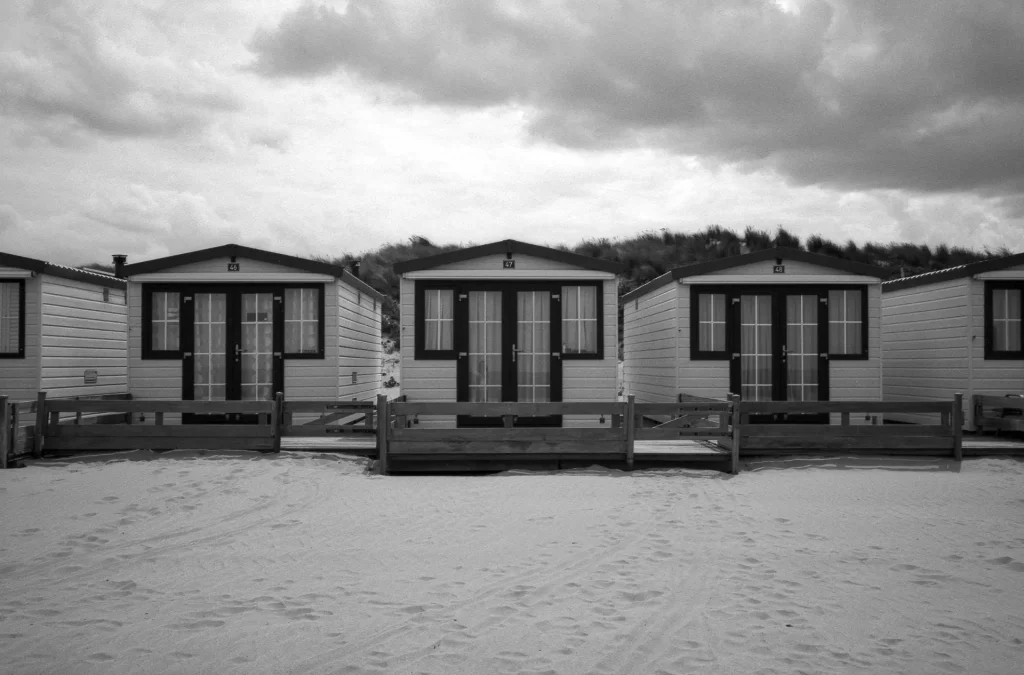
This film is notable for its ultra low grain that is barely visible and high silver content that produces high-contrast pictures with deep rich blacks - it’s character is unique and quite different from the more standard stuff from Ilford and Kodak.
I was extremely impressed with the results and once again thanked myself for having bought 10 rolls – this film is still in limited stock and not easy to get hold of.
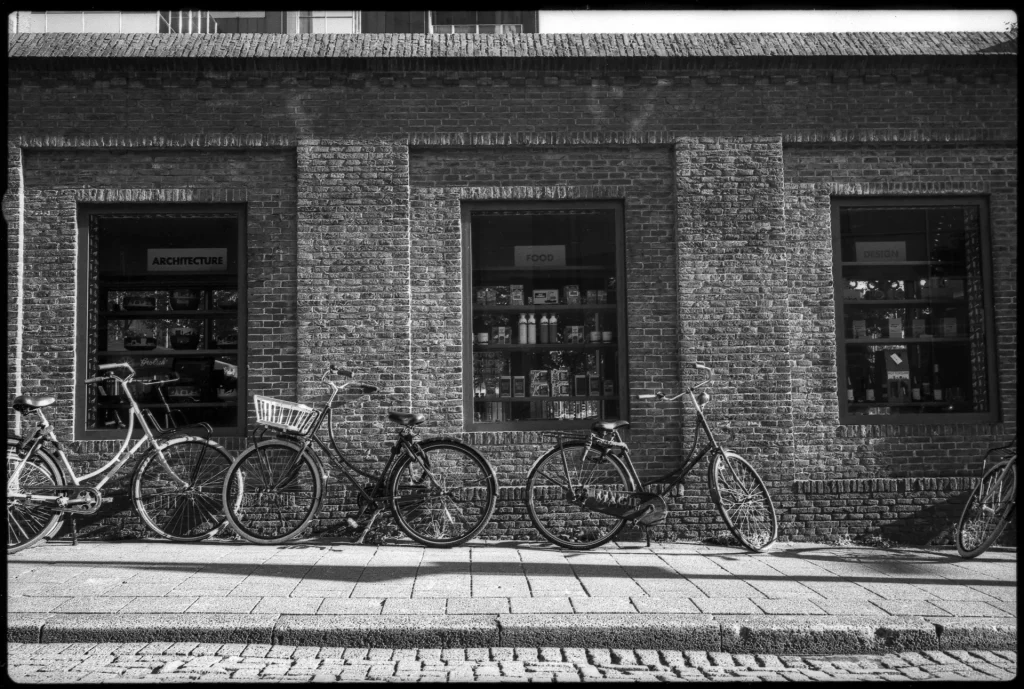
Even though this film stock is not as versatile as Ilford HP5 or Kodak Tri-X400, I can confidently call this my most favorite black-and-white film. So if you find a chance to purchase it, please do, you will not regret it!
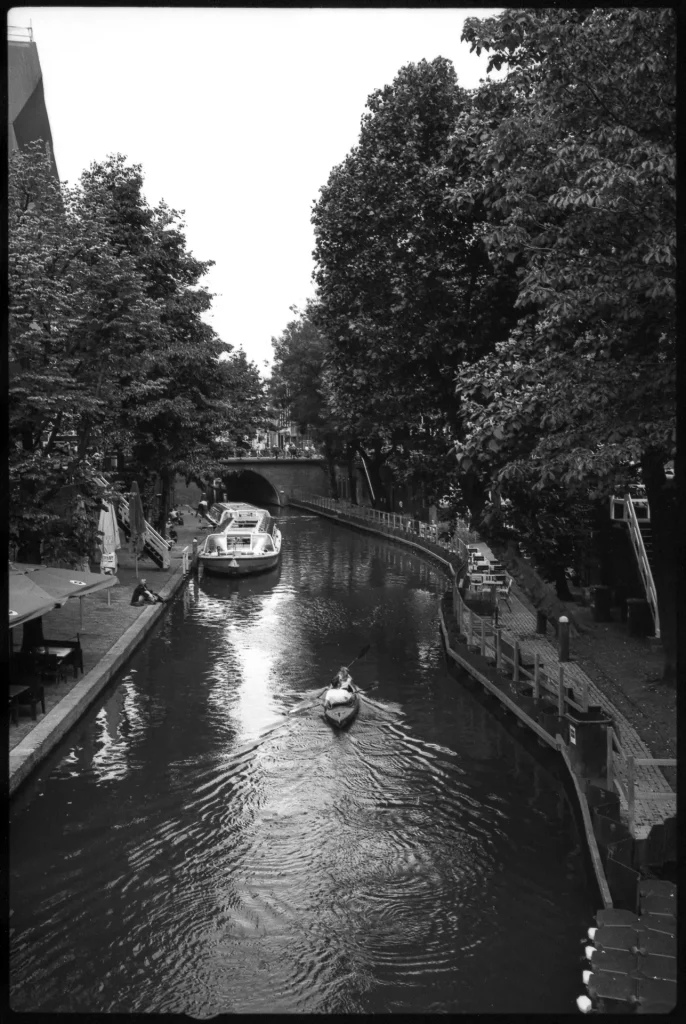
All shots above were shot with the Konica Hexar RF and a Carl Zeiss Biogon 35mm f/2.8, metered at EI 50 and pushed 1/2 stop while developing with the Cinestill DF96 monobath.
Thanks for reading!
If you liked this post, follow me on Instagram.
Share this post:
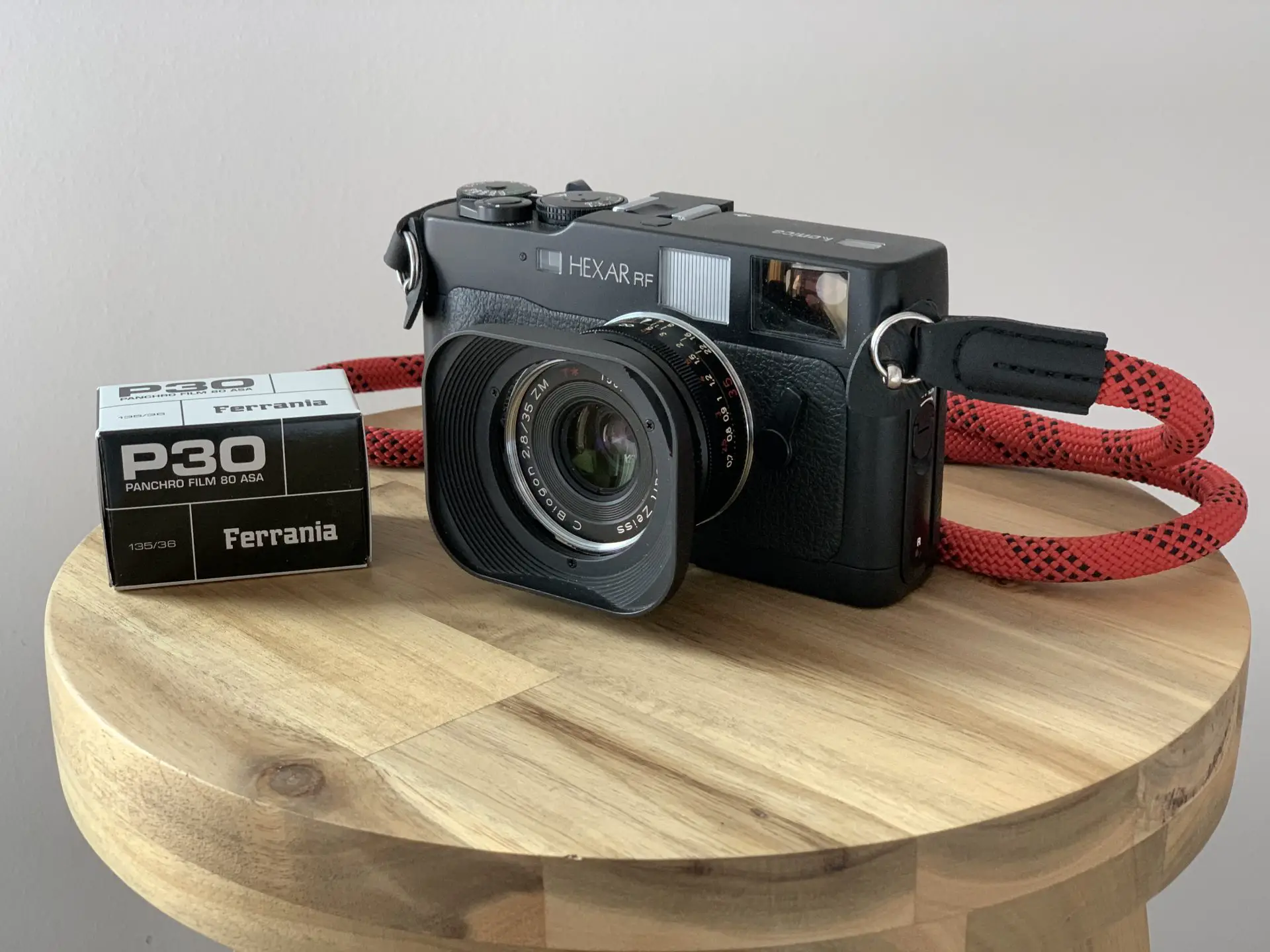

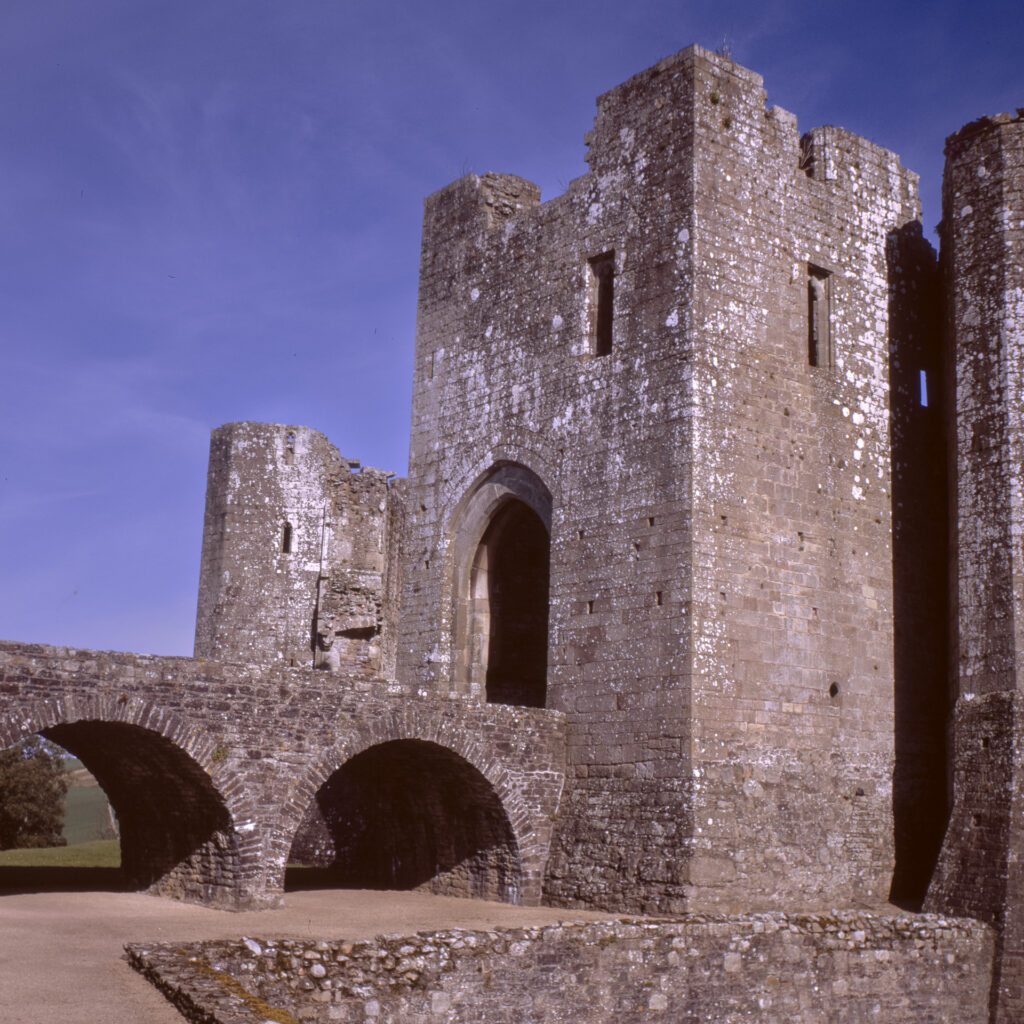
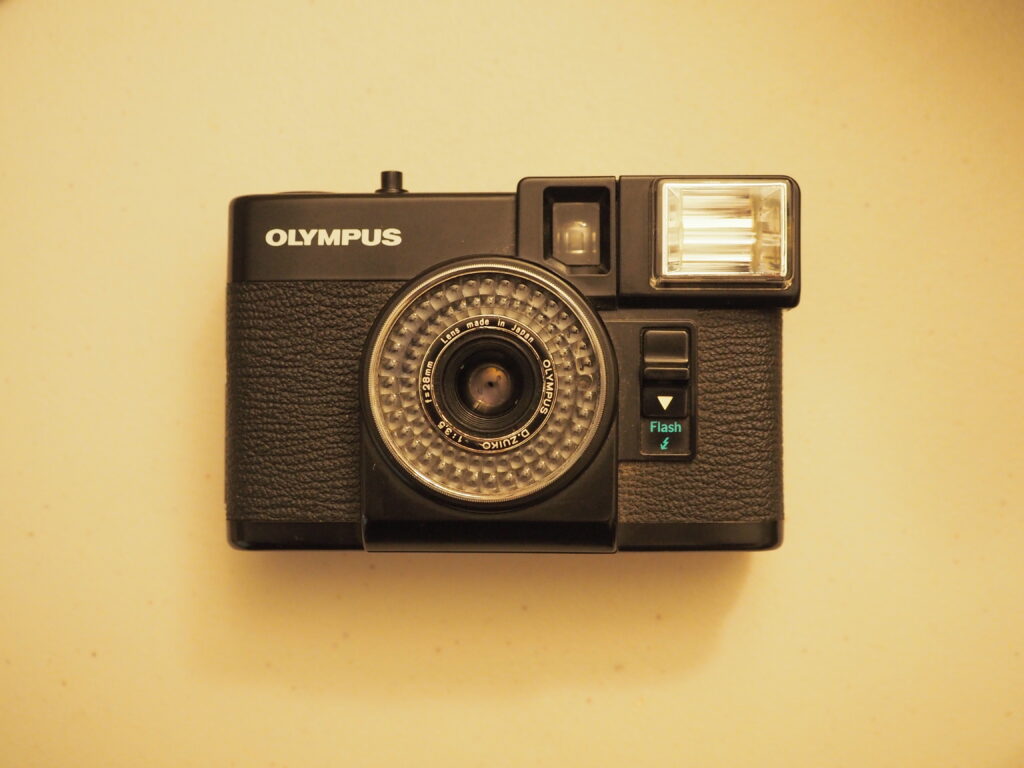
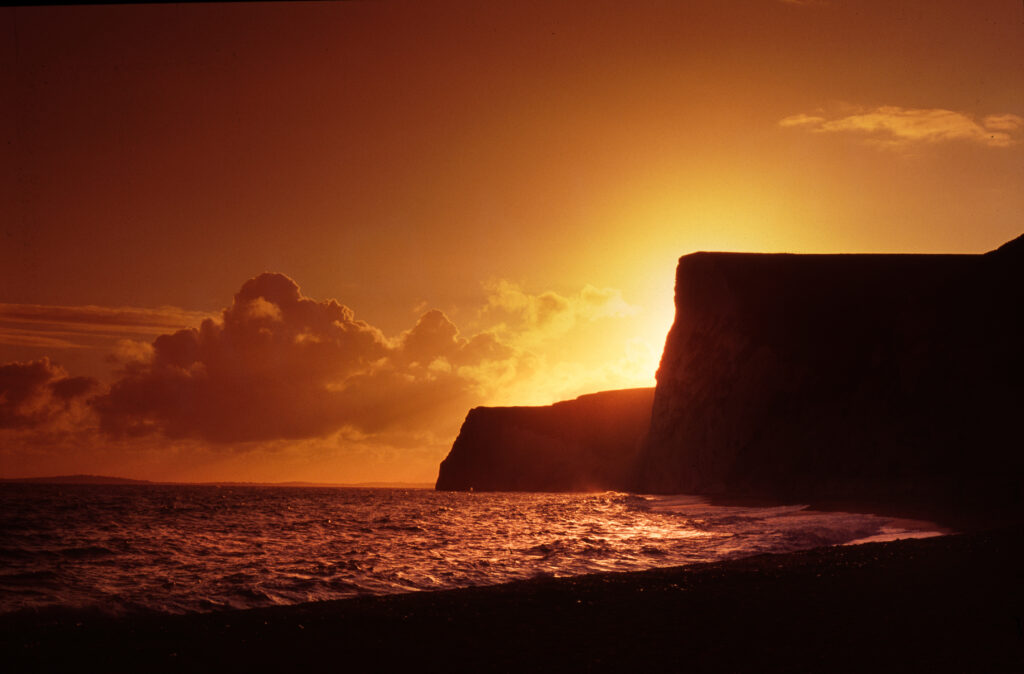
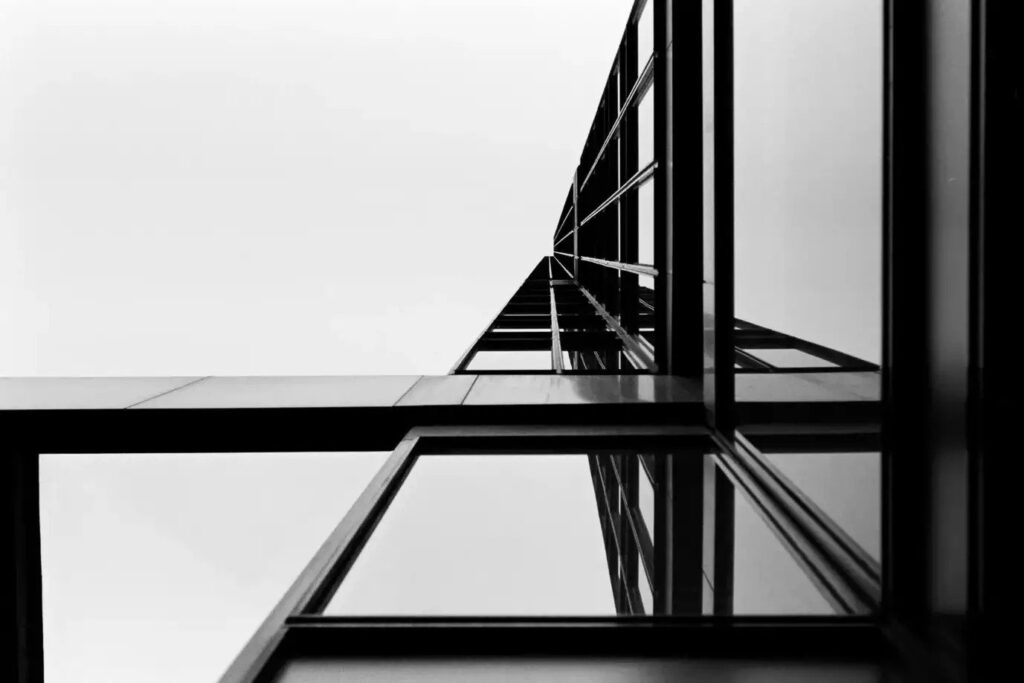
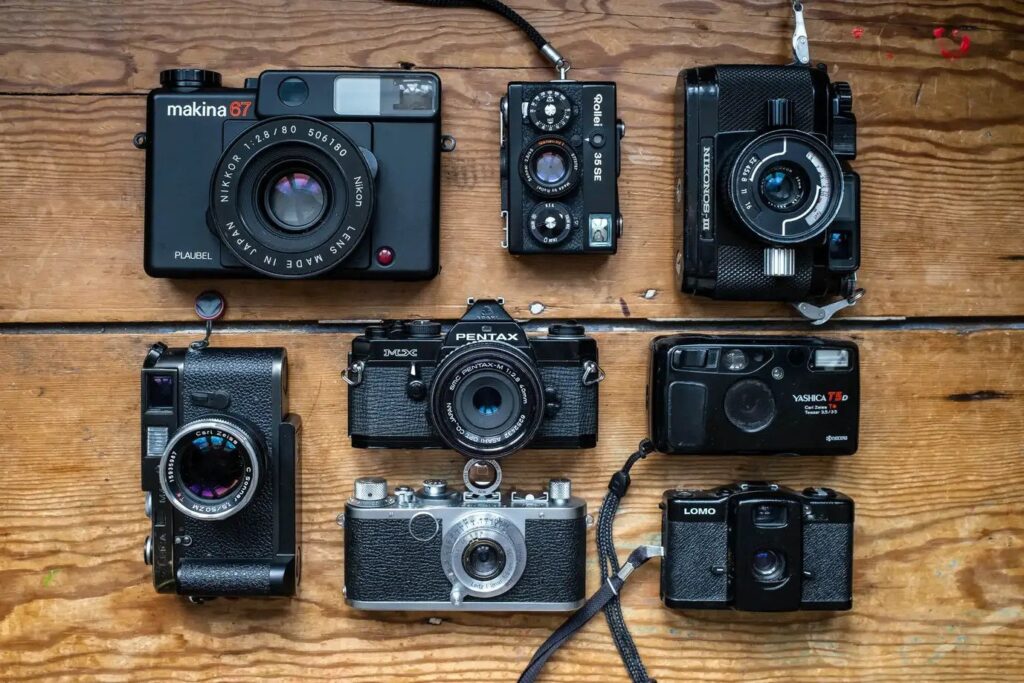
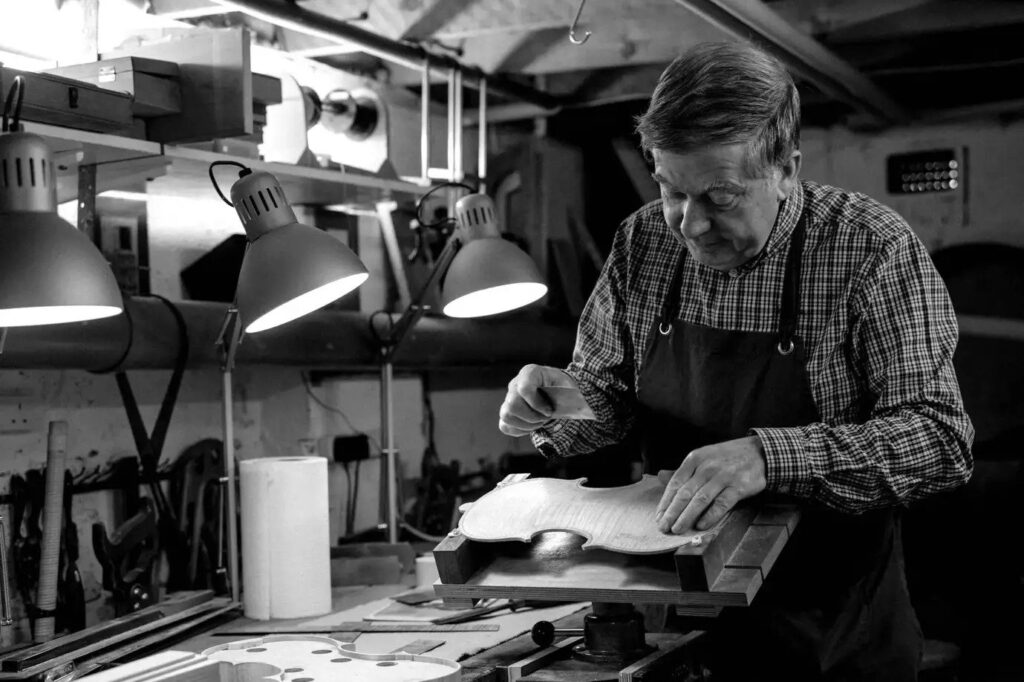
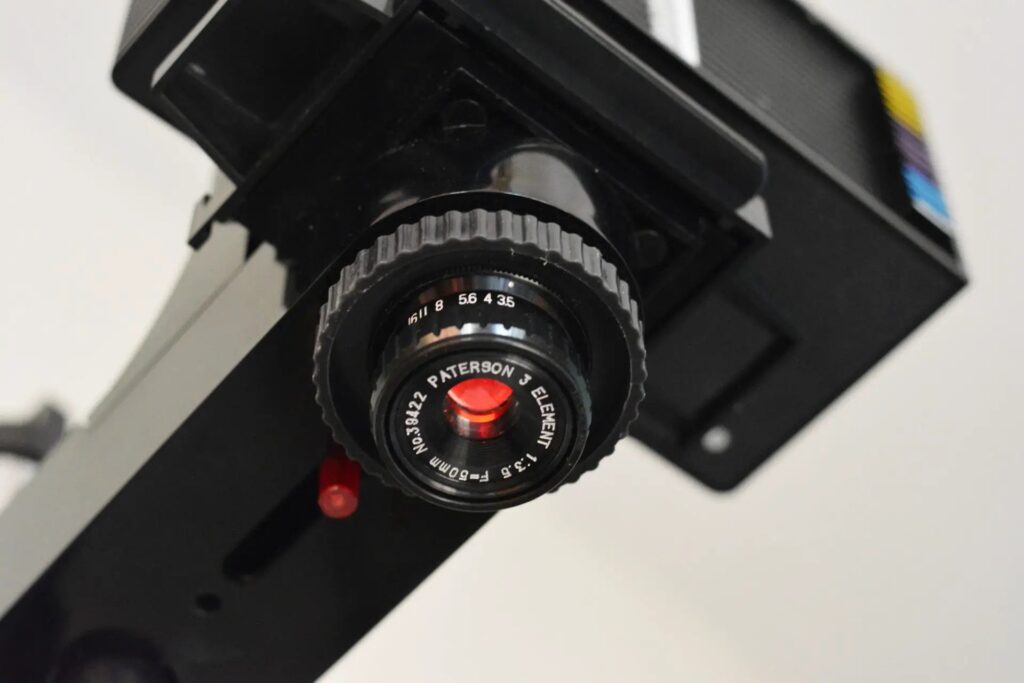
Comments
Billy Sanford on 5 frames with the Film Ferrania P30 and Konica Hexar RF – By Max Khokhlov
Comment posted: 16/09/2020
Comment posted: 16/09/2020
Lee Butterley on 5 frames with the Film Ferrania P30 and Konica Hexar RF – By Max Khokhlov
Comment posted: 16/09/2020
Comment posted: 16/09/2020
Oliver on 5 frames with the Film Ferrania P30 and Konica Hexar RF – By Max Khokhlov
Comment posted: 16/09/2020
Maybe I should get a batch of it just to try out.
ISO 80 is low.
Did you expose overexpose by one stop? Or just box speed?
What developer did you use?
Comment posted: 16/09/2020
Lukas on 5 frames with the Film Ferrania P30 and Konica Hexar RF – By Max Khokhlov
Comment posted: 16/09/2020
Comment posted: 16/09/2020
Peter on 5 frames with the Film Ferrania P30 and Konica Hexar RF – By Max Khokhlov
Comment posted: 16/09/2020
Comment posted: 16/09/2020
Scott on 5 frames with the Film Ferrania P30 and Konica Hexar RF – By Max Khokhlov
Comment posted: 16/09/2020
If so, how does P30 compare?
Comment posted: 16/09/2020
Roger on 5 frames with the Film Ferrania P30 and Konica Hexar RF – By Max Khokhlov
Comment posted: 16/09/2020
Comment posted: 16/09/2020
DeeDee on 5 frames with the Film Ferrania P30 and Konica Hexar RF – By Max Khokhlov
Comment posted: 16/09/2020
(Also - typo in your first sentence - Sophia not Sophie) :)
Comment posted: 16/09/2020
Frederic Baboulaz on 5 frames with the Film Ferrania P30 and Konica Hexar RF – By Max Khokhlov
Comment posted: 16/09/2020
Comment posted: 16/09/2020
Igal on 5 frames with the Film Ferrania P30 and Konica Hexar RF – By Max Khokhlov
Comment posted: 17/09/2020
Comment posted: 17/09/2020
Khürt Louis Williams on 5 frames with the Film Ferrania P30 and Konica Hexar RF – By Max Khokhlov
Comment posted: 17/09/2020
Max Khokhlov on 5 frames with the Film Ferrania P30 and Konica Hexar RF – By Max Khokhlov
Comment posted: 17/09/2020
Floris on 5 frames with the Film Ferrania P30 and Konica Hexar RF – By Max Khokhlov
Comment posted: 17/09/2020
Daniel Castelli on 5 frames with the Film Ferrania P30 and Konica Hexar RF – By Max Khokhlov
Comment posted: 17/09/2020
A nice article to read on a lazy September day.
You mentioned that you shoot the film @ EI 50, and slightly overdevelop it. This was the original advice given to photographers back in the early days of b&w 35mm photography. The first 35mm film stocks were cut from 70mm motion picture film. These films had limited shadow detail to highlight detail range, and they were blue sensitive; you could slip a blue filter over the movie camera lens and create rich, dark nighttime scenes that were actually shot midday.
As manufacturers began to create 35mm b&w film solely for still photography the exposure sensitivity & tone rendition was expanded. Today, a roll of 35mm b&w film [400 speed] should handle a 5 stop difference between a detailed highlight and a shadow area with some detail when developed to manufacturers directions. You can also be off your exposure by a couple of stops and still have useable negatives.
This brings me back (in a round about way) to the P30 film stock. Since it's a direct descendent from motion picture film, it produces results that are classic in tone and contrast. Quite beautiful results! I keep coming back to the canal scene in Utrecht, it's got lush tones and great detail.
Regards,
Dan (flickr.com/photos/dcastelli9574)
Comment posted: 17/09/2020
Andrea Bevacqua on 5 frames with the Film Ferrania P30 and Konica Hexar RF – By Max Khokhlov
Comment posted: 20/09/2020
Very nice photos and very interesting post. Thanks for sharing.
I also read John’s article and yesterday I did try this approach.
I shoot a roll of Kentmere100 metered at ISO80 and developed as it was a ISO200 film, then I shoot a roll of Fomapan400 metered at ISO100 and developed as it was a ISO400. In both cases I metered for the shadows.
The result was a couple of overexposed rolls where just a few shots were decent.
What have I done wrong? There must be some mistake somewhere.
Cheers,
Andrea
Comment posted: 20/09/2020
Ian Do Carmo on 5 frames with the Film Ferrania P30 and Konica Hexar RF – By Max Khokhlov
Comment posted: 21/09/2020
Lovely photos indeed, in fact, I feel this is my dream "black-and-white" stock by the pictures I've seen it so far, unfortunately haven't been able to get a hold of it, but been watching it since its launch.
Would love to see long exposure shots. Think it's worth a try with such a gem.
Stay well!
Khaled_IM on 5 frames with the Film Ferrania P30 and Konica Hexar RF – By Max Khokhlov
Comment posted: 24/09/2020
If you are able to post processing details with DF96 - processing time, agitation, temp & so forth - please do so with thanks.
Terrific photos, lovely tones, among the best examples of P30 that I have seen. Regards.
Max Khokhlov on 5 frames with the Film Ferrania P30 and Konica Hexar RF – By Max Khokhlov
Comment posted: 28/09/2020
But I'm getting similar results using intermittent agitation with 30s constant agitation at start and then 10s agitation (10 filp-and-rotate rounds) every minute, with the full development time of 4 mins. At 27C you get a 1/2 stop push with this.
As with every developer, you need to add 15s of development time with each new film until you reach 8mins in total, but I usually extend it until 9-9.5 minutes overall as I do. This is all based on the Cinestill recommendations available here :https://www.fotoimpex.com/shop/images/products/media/63120_5_PDF-Datasheet.pdf
I scan all my film using the Epson V550 flatbed scanner using the Lomography Digitaliza frame and using a combination of VueScan software and the Negative Lab Pro plugin in Adobe Lightroom.
I hope this helps.
Khaled_IM on 5 frames with the Film Ferrania P30 and Konica Hexar RF – By Max Khokhlov
Comment posted: 29/09/2020
Hope to see you reviewing the CineStill BwXX on 35mmc sometime. Maybe the Ilford Ortho Plus as well :-)